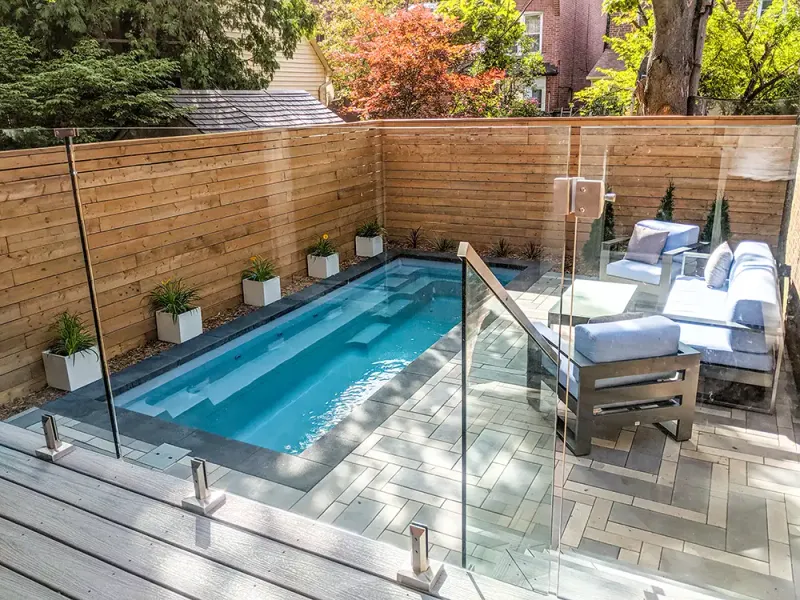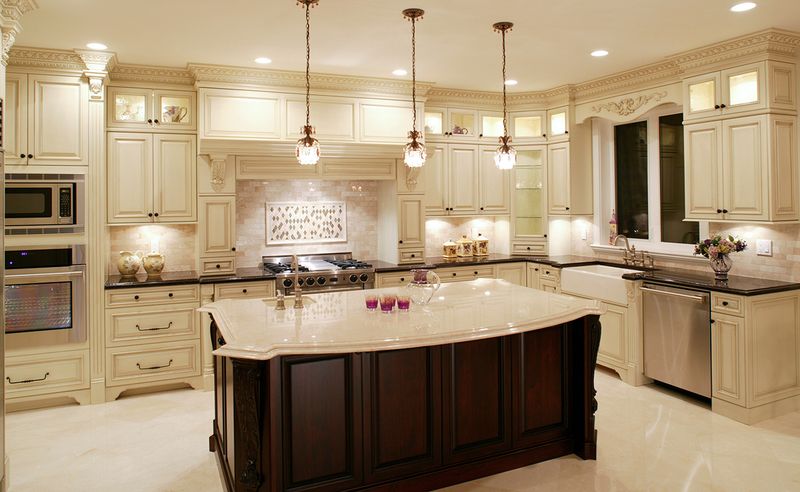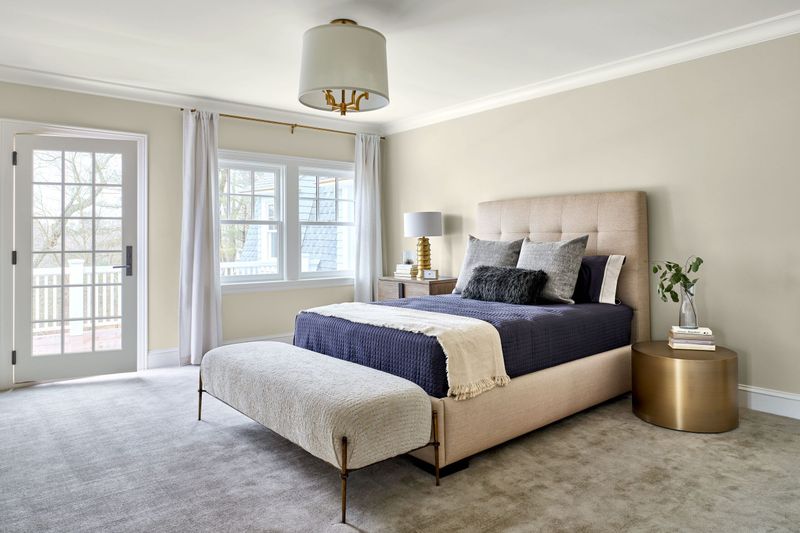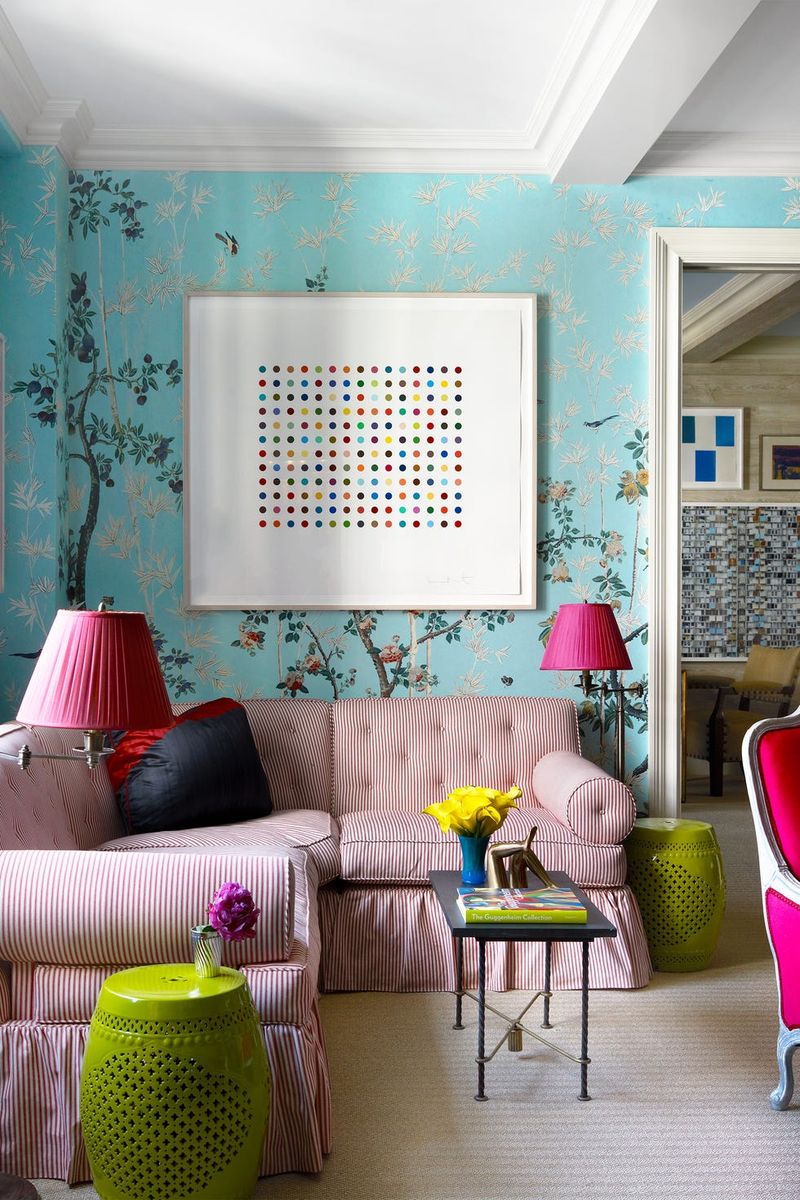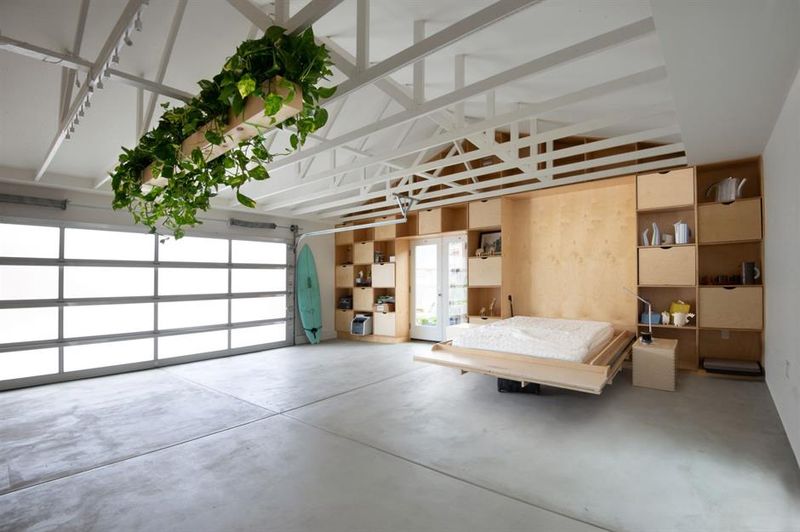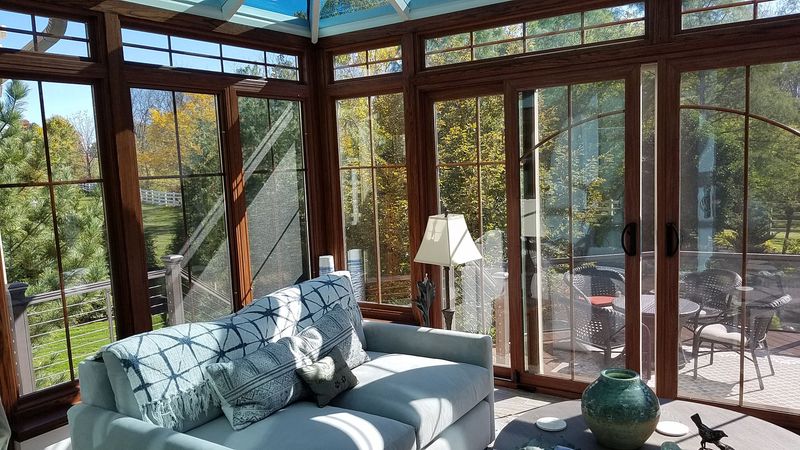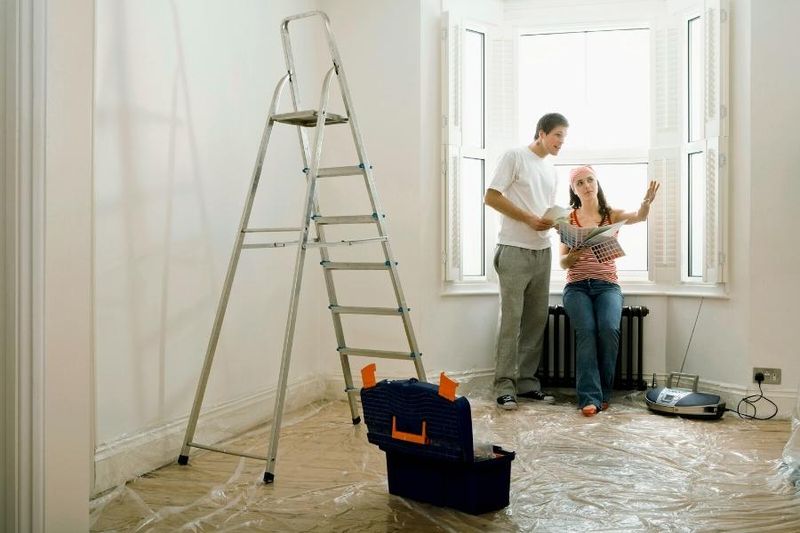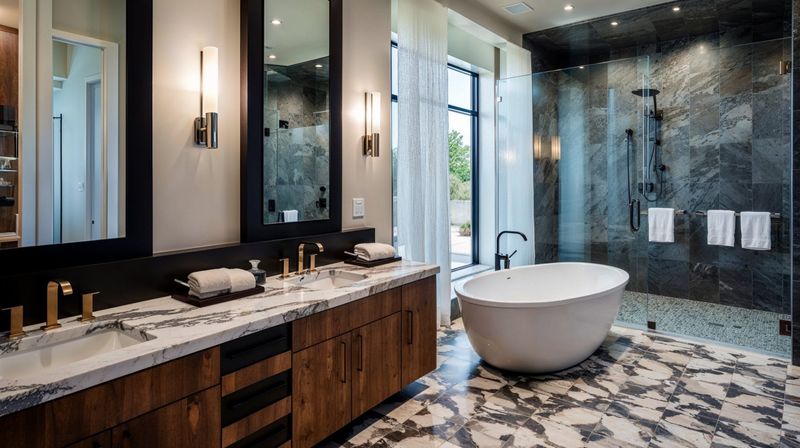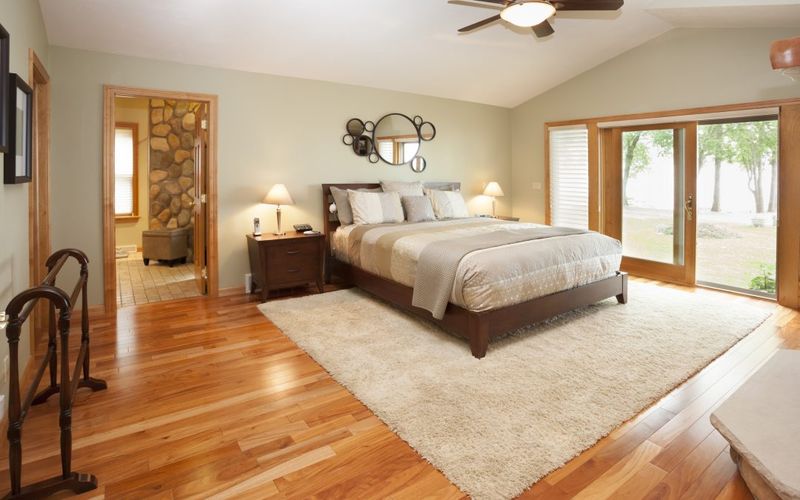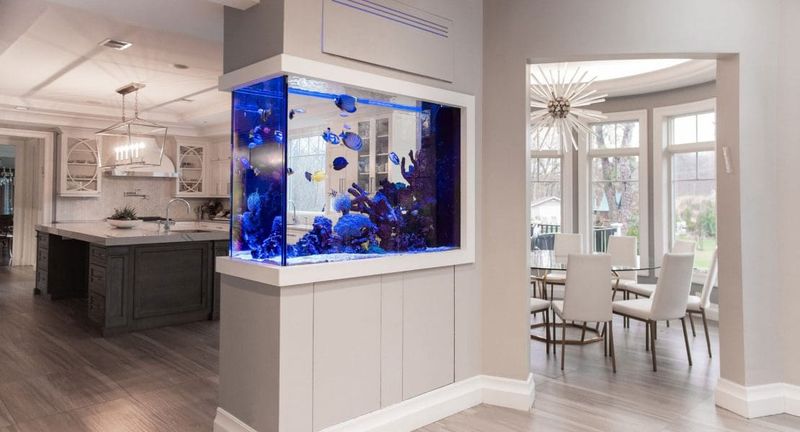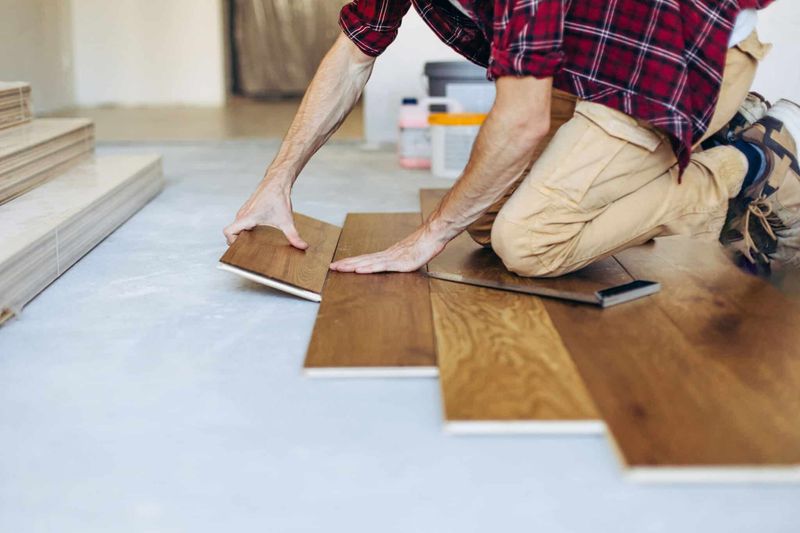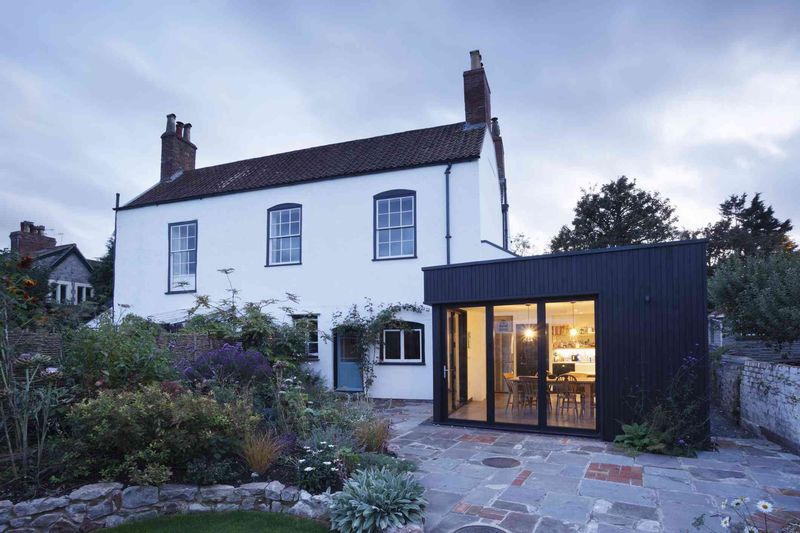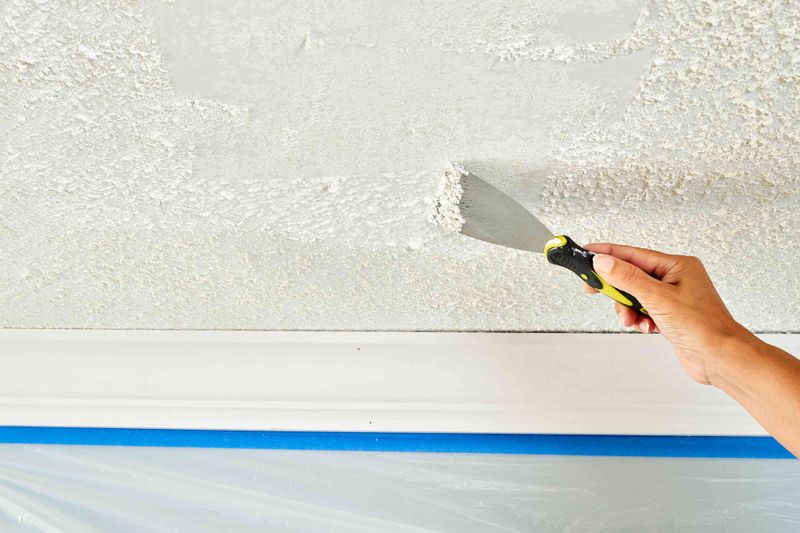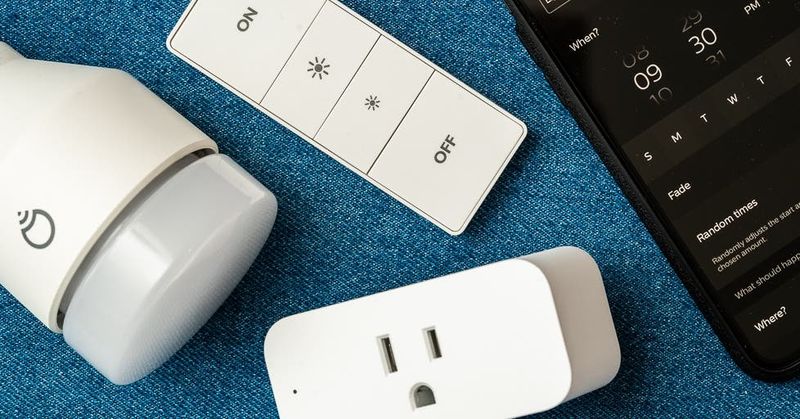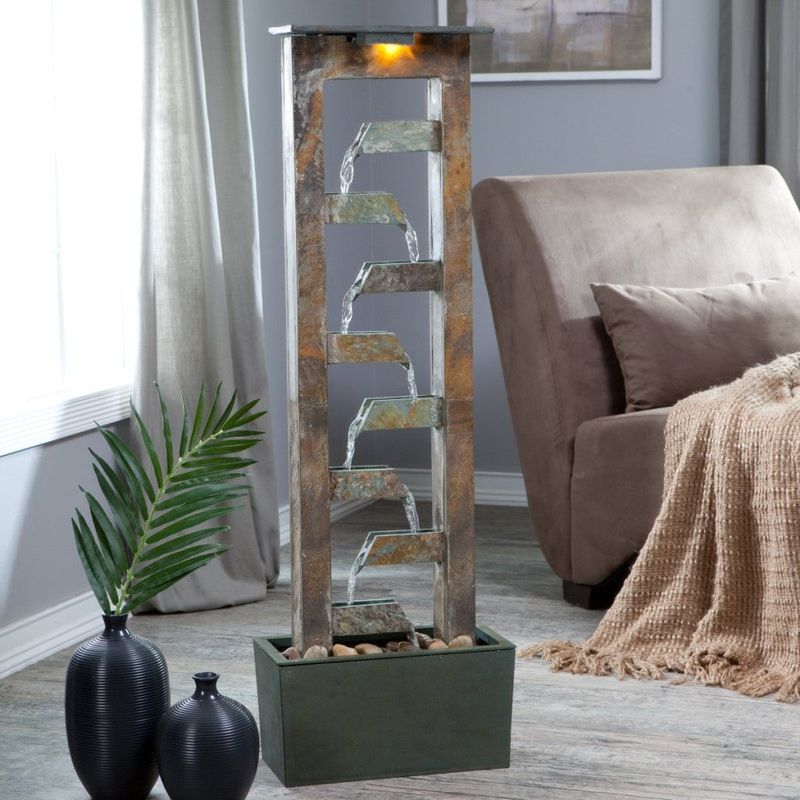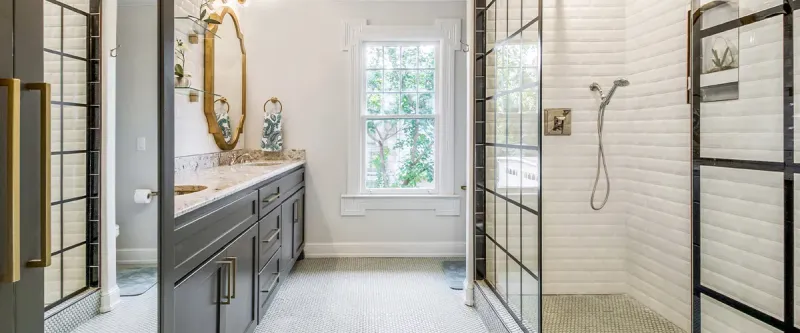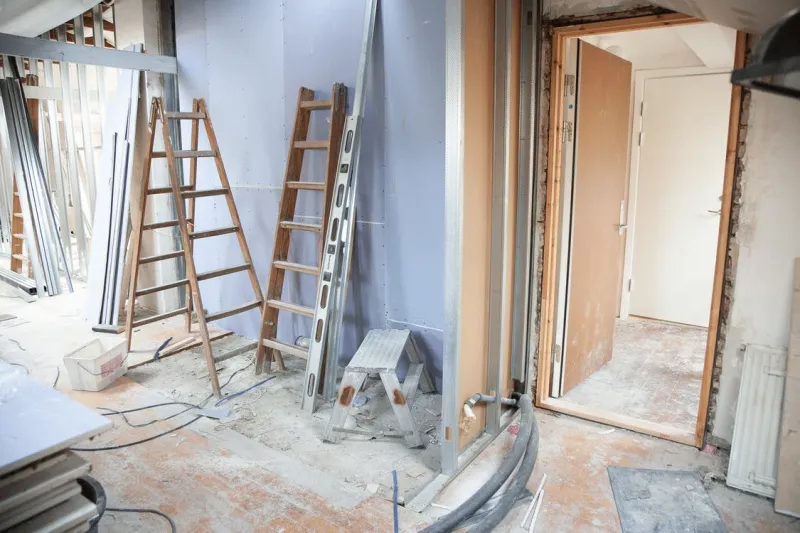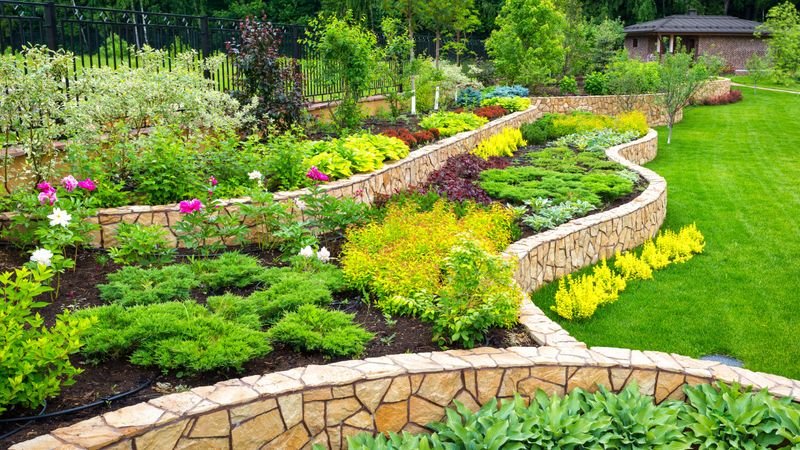Renovating your home can feel exciting – until you realize some upgrades drain your wallet without adding much value in return. Not every flashy project guarantees a big payoff, and plenty of homeowners learn that lesson the hard way.
Before you commit to costly changes that might not deliver, it’s worth knowing which renovations experts say to skip.
Saving your money (and your sanity) starts with smarter choices. Here are 20 expensive home renovations that often cause more regret than reward – and what you should think about before swinging that hammer.
1. Luxury Swimming Pools
Ever fantasized about cooling off in your own backyard oasis? While swimming pools seem like the ultimate luxury, they typically recoup less than 25% of their installation cost when selling your home. Many potential buyers actually see pools as maintenance headaches and safety hazards, especially families with small children.
The annual upkeep costs – chemicals, cleaning, repairs, and higher insurance premiums – can easily exceed $3,000. For northern climates, pools remain unusable for most of the year, making them particularly poor investments in areas with shorter summers.
2. High-End Kitchen Overhauls
Whipping up a storm in a magazine-worthy kitchen sounds delightful, but splurging on commercial-grade appliances and exotic materials often leads to financial indigestion. Professional-grade refrigerators and ranges can cost upwards of $10,000 each, yet rarely increase your home’s value proportionally.
Kitchens tend to reflect personal taste, and what seems timeless to you might appear dated to potential buyers. Most real estate experts recommend spending no more than 15% of your home’s value on a kitchen renovation.
Focus on moderate upgrades that improve functionality rather than installing that Italian marble island and handcrafted copper hood.
3. Wall-to-Wall Carpeting
Sinking your toes into plush carpeting might feel heavenly initially, but this comfort comes with hidden costs. Wall-to-wall carpeting traps allergens, absorbs odors, and shows wear patterns within just a few years of installation.
Modern homebuyers generally prefer hardwood, laminate, or luxury vinyl flooring for their durability and easier maintenance. When carpeting inevitably stains or becomes dated, removal adds another expense before you can install new flooring.
If you crave that soft underfoot feeling, consider area rugs over hardwood instead – they’re easier to clean, replace, and won’t devalue your home when trends change.
4. Highly Personalized Décor
Following your passion for leopard print might seem fun until you’re ready to sell. Wildly personalized décor choices – like textured wallpaper, themed rooms, or unusual paint colors – often require complete reversal before listing your home.
One homeowner spent $20,000 creating an underwater-themed bathroom complete with custom mosaic tilework, only to spend another $15,000 neutralizing it before selling. Real estate agents consistently report that neutral, broadly appealing designs sell faster and for higher prices.
If you must express your unique style, do so with easily changeable elements like artwork, throw pillows, or accessories rather than permanent installations.
5. DIY Electrical Work
YouTube tutorials make rewiring your home look deceptively simple. However, amateur electrical work ranks among the most dangerous and costly DIY mistakes homeowners make.
Beyond the immediate safety risks of electrocution and fire, improperly installed electrical systems frequently fail home inspections, requiring professional rewiring at premium rates. Insurance companies may even deny claims for damages resulting from non-permitted electrical work.
6. Converting Garages to Living Spaces
Transforming your garage into a home gym or bonus room might solve immediate space needs, but this conversion typically recovers only 60% of its cost at resale. Most homebuyers place significant value on protected parking and storage space.
Without careful planning, these conversions often suffer from inadequate insulation, heating/cooling issues, and floor height discrepancies. Returning a converted garage to its original purpose later can cost twice what you spent on the conversion.
If you’re desperate for extra living space, consider finishing an attic or basement first, as these conversions typically yield better returns and don’t eliminate valuable parking.
7. Sunroom Additions
Sunbathing in your personal glass sanctuary sounds delightful until you calculate the cost-to-value ratio. Sunrooms typically return only about 50% of their construction costs when selling your home. These glass-enclosed spaces often become too hot in summer and too cold in winter, leading to excessive energy bills.
Many homeowners discover their beautiful sunroom is unusable for several months each year due to temperature extremes.
The specialized glass, framing, and foundation work make sunrooms among the most expensive additions per square foot, often costing $300-600 per square foot compared to $100-200 for standard living space additions.
8. Removing Closets
Knocking out that hallway closet to expand your bathroom might seem clever until you try to sell. Storage space ranks consistently among homebuyers’ top priorities, and removing closets can significantly reduce your home’s appeal and value.
Real estate professionals estimate that each eliminated closet can decrease your home’s value by 1-2%. While it might be tempting to sacrifice storage for a larger living area, potential buyers often struggle to envision where they’ll store their belongings.
If you’re desperate for more open space, consider installing space-saving closet organizers or pocket doors rather than removing storage areas entirely.
9. Elaborate Home Theaters
Movie buffs beware! Building that state-of-the-art home theater with tiered seating, sound-proofing, and built-in equipment might fulfill your cinematic dreams but empty your wallet. These highly specialized rooms typically recoup less than 25% of their installation cost.
Technology evolves rapidly, making expensive built-in systems obsolete within years. The specialized wiring, custom cabinetry, and dedicated space make these rooms difficult and costly to convert back to standard living areas.
A flexible media room with quality portable equipment and comfortable seating offers similar enjoyment without permanently altering your home’s layout or tanking its resale appeal.
10. Luxury Bathroom Features
Soaking in a jetted tub while watching your bathroom fireplace might sound luxurious, but these high-end bathroom features rarely pay for themselves. Steam showers, whirlpool tubs, and heated floors can add tens of thousands to renovation costs.
What’s worse, many of these luxury features require significant ongoing maintenance. Whirlpool tubs need regular deep cleaning to prevent mold in their complex piping systems, while steam showers often develop moisture issues that damage surrounding walls.
Focus instead on quality basics like good lighting, adequate storage, and water-efficient fixtures that appeal to most buyers without the maintenance headaches or excessive utility bills.
11. Removing Bedrooms
Merging two small bedrooms into one spacious master suite might improve your daily comfort, but it’s typically a financial blunder. Home values are strongly tied to bedroom count, with each bedroom potentially adding 15-20% to your property’s worth.
Most buyers search for homes by bedroom count, meaning your newly renovated three-bedroom home might not even appear in searches for families needing four bedrooms. This reduction in potential buyer pool can significantly impact your selling price and time on market.
If you need more master suite space, consider expanding into unused areas like attics or adding on rather than sacrificing a bedroom.
12. Built-In Aquariums
Watching tropical fish swim through your custom wall-mounted aquarium might seem relaxing until you consider the long-term costs. These architectural features typically cost $10,000-50,000 to install professionally and require constant maintenance.
The combination of water, electricity, and hidden plumbing creates multiple potential failure points that can cause catastrophic damage to surrounding walls and floors. When it’s time to sell, many buyers view built-in aquariums as maintenance burdens rather than desirable features.
For fish enthusiasts, free-standing aquariums provide similar enjoyment without permanently altering your home’s structure or creating potential deal-breakers for future buyers.
13. Trendy Flooring Choices
Those glossy white epoxy floors or bright patterned ceramic tiles might look striking on Instagram, but highly trendy flooring choices often become tomorrow’s renovation nightmares. Remember the 1970s shag carpeting or 1980s mauve ceramic tile that later homeowners spent thousands removing?
Flooring installation is labor-intensive and disruptive, making it an expensive element to replace when trends inevitably change. Removal of specialized materials like epoxy or concrete staining can damage subfloors, adding to replacement costs.
Stick with classic, neutral flooring options like traditional hardwood, neutral tile, or quality laminate that have proven staying power across decades.
14. Eliminating Yard Space
Extending your home’s footprint might seem like a value-add until you realize you’ve sacrificed most of your yard. Outdoor space has become increasingly important to homebuyers, especially following recent pandemic restrictions.
Massive patios, oversized detached garages, or sprawling additions that consume most of the yard typically reduce property appeal, particularly for families with children or pet owners. Real estate data shows that homes need a balance between indoor and outdoor living space to maximize value.
Before expanding your home’s footprint, consider whether vertical additions or basement renovations might provide needed space without sacrificing valuable yard area.
15. Textured Walls and Ceilings
Running your hands across textured walls might seem appealing, but these finishes have become renovation red flags for modern buyers. Popcorn ceilings, heavy stucco textures, and other dimensional wall treatments are notoriously difficult and expensive to remove.
Beyond their dated appearance, textured surfaces collect dust, create cleaning challenges, and complicate simple repairs. Pre-1980s textured ceilings may even contain asbestos, requiring specialized (and costly) removal procedures.
If you’re craving visual interest on your walls, consider removable wallpaper, paint techniques, or artwork instead of permanent textures that future owners will likely pay thousands to eliminate.
16. Overly Complex Smart Home Systems
Controlling your entire home from your smartphone sounds futuristic until the technology becomes obsolete faster than you can say “upgrade.” Proprietary, integrated smart home systems often require specialized knowledge to maintain and quickly become outdated.
Many homeowners have invested tens of thousands in comprehensive systems only to discover that newer, better, and cheaper options emerged within months. Compatibility issues between platforms create additional headaches when components need replacement.
Instead of hardwiring your entire home, opt for modular, consumer-friendly smart devices that can be easily replaced or upgraded without tearing into walls or requiring professional programming.
17. Indoor Water Features
Falling asleep to the gentle sound of your indoor waterfall might seem peaceful until you face the maintenance realities. Indoor water features create persistent humidity issues that can damage drywall, encourage mold growth, and warp nearby wood floors or cabinetry.
The combination of electricity, water, and hidden plumbing creates multiple potential failure points. One homeowner discovered this when their recirculating pump failed while they were on vacation, causing $20,000 in water damage.
Most buyers view permanent indoor fountains or water walls as maintenance burdens rather than luxuries, making these expensive installations poor investments from a resale perspective.
18. Removing All Bathtubs
Swapping every bathtub for a walk-in shower might seem like a modern upgrade until you try selling to families with young children. Homes without any bathtubs significantly limit their buyer pool, as families with small children typically consider at least one tub essential.
Real estate agents report that homes with no bathtubs typically take longer to sell and often command lower prices, especially in family-friendly neighborhoods. The National Association of Realtors estimates that removing all bathtubs can reduce a home’s value by 5-10%.
19. Unpermitted Structural Changes
Knocking down that wall might open up your floor plan, but without proper permits, it could also open up serious problems. Unpermitted structural modifications frequently haunt homeowners during inspections and can derail sales or lead to costly retroactive permitting.
Many municipalities can require homeowners to return non-permitted work to its original condition or obtain after-the-fact permits at premium rates. Some insurance companies refuse to cover damage related to unpermitted work, leaving homeowners financially exposed.
The money saved by skipping permits is typically far outweighed by the eventual costs of legitimizing the work or addressing structural issues that develop from improperly executed modifications.
20. Overdoing Landscaping
Creating your personal botanical garden might fulfill your green thumb dreams while draining your wallet dry. Elaborate landscaping with rare plants, complex water features, and extensive hardscaping typically recovers less than 60% of its cost at resale.
High-maintenance gardens with specialized plants, complex irrigation systems, or extensive topiary require significant ongoing time and expense. Many new homeowners actually budget for removing overly complex landscaping after purchase, seeing it as a liability rather than an asset.
Focus instead on attractive, low-maintenance landscaping with native plants, simple hardscaping, and good drainage that enhances curb appeal without creating weekend maintenance marathons.


